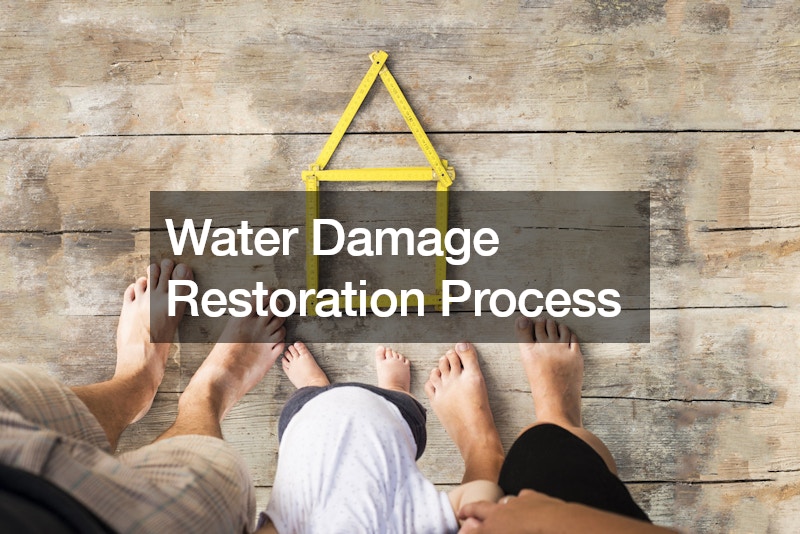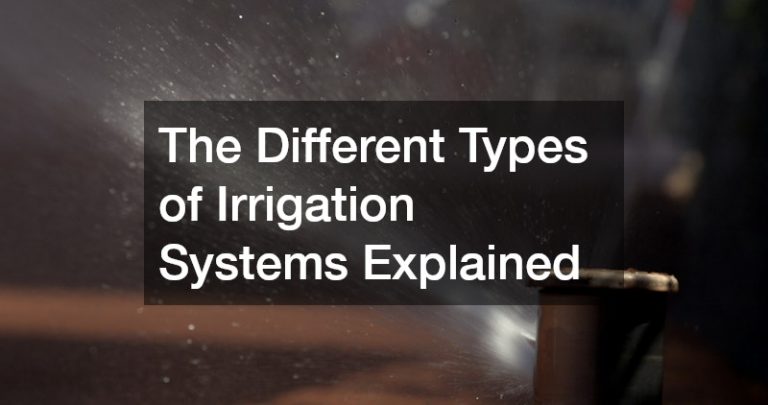The emergency water damage restoration process involves several crucial steps to mitigate damage and restore affected properties. Upon arrival, water damage restoration professionals assess the extent of the damage and implement immediate measures to stop the source of water intrusion, whether from burst pipes, flooding, or leaks. Next, emergency water removal is initiated using specialized equipment such as pumps, vacuums, and dehumidifiers to extract standing water and moisture from the affected areas.
This prevents further damage and helps accelerate the drying process.
Once water removal is complete, restoration professionals clean and sanitize the affected surfaces to eliminate bacteria, mold, and odors. This may involve disinfection with antimicrobial solutions and the use of air scrubbers to improve indoor air quality. After cleaning, the restoration process continues with structural drying and dehumidification to remove residual moisture from building materials such as drywall, insulation, and flooring. This helps prevent mold growth and structural damage over time.
Finally, restoration professionals repair and restore damaged areas, including repairing structural components, replacing flooring and drywall, and restoring damaged belongings. Throughout the process, communication with property owners and insurance providers is essential to ensure transparency and facilitate the claims process. By following these steps, emergency water damage restoration professionals can effectively mitigate damage, restore affected properties, and minimize the impact of water-related disasters on homeowners and businesses.






